Happy Tuesday!
This week we're covering the rebranding of AdWords and DoubleClick, how to implement meta tags for SEO, and creating the perfect Call To Action. We also look into the importance of having a Facebook presence and how to turn brand mentions into content for your business.
Google AdWords Is Now Google Ads
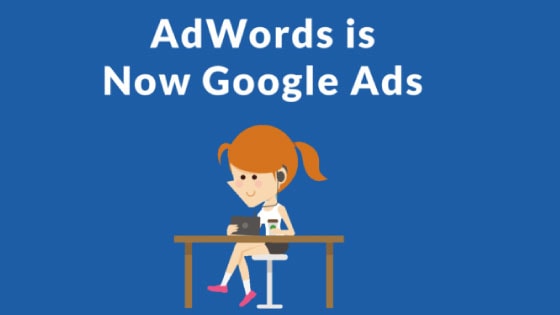
Google has begun rebranding Google Adwords into Google Ads as part of its effort to improve the user experience. As part of this push, Google has also incorporated its smaller advertising products under the umbrella of Google Marketing Platform and Google Ad Manager.
Google Ads also recently launched Smart Campaigns, a standard feature in which small businesses can more efficiently target visitors who are prepared to convert. This change is meant to better utilize an advertiser’s budget by allowing for more customization, tailoring to each business’s unique goals.
Google Marketing Platform is a tool with the end goal of creating non-invasive, relevant, and effective marketing campaigns - thus helping businesses better track their operations. It’s a combination of Google’s DoubleClick Digital Marketing and Google Analytics 360 Suite tools.
Similarly, Google Ad Manager is a combination of DoubleClick for Publishers and DoubleClick Ad Exchange.
Why Meta Tags Matter and How to Optimize Them for Impact

Meta tags, which are sometimes referred to as HTML elements, are the codes of text that help describe the content of a webpage to both users and search engines. They were created because of search engine indexing and is important because it’s a requirement for Google’s algorithm. These tags are always placed in the <head> section of an HTML page, and never in the <body> section. There are a few must-have meta tags:
Title Tags: This is the single most important element for the site optimization process. Search engines use keywords inserted in the title tag to help improve a website’s click-through rate by bolding relevant keywords in a user’s search. Title tags are displayed at the top of a browser.
Meta Descriptions: These are compelling sneak-peaks that describe a site’s nature and content on search engines.
Alt Text For Images: Alt text is used to help search engines identify what images are about. They’re necessary because search engines can’t necessarily see images. A well-written alt text is a strong opportunity to boost brand recognition and drive more visitors to a website.
No Index Tags: These tags are used when you don’t want a specific page to be found on a search engine’s results.
How to Turn Brand Monitoring Into Content Assets
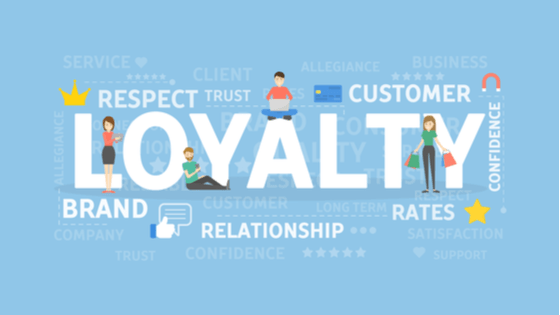
Someone out there is discussing your brand and you need to be monitoring when your business is being discussed at all times. Brand mentions are a great way to engage with customers but they can also be turned into content assets. Ann Smarty looks at three ways in which to turn social media monitoring into content.
Create a round-up or featured-in section from web mentions. For example, created a round up of your brand’s mention in blog articles, news, videos, etc. Promote the promoters of your brand by featuring them through your marketing channels. The goal is to drive traffic to the content that features your business.
Turning tweets into testimonials is a great way to produce content and it’s easy to do. Tweets are open and public, and you can embed them into your site. They are easily shareable, believable, and verifiable.
The third way to turn brand mentions into content is by creating FAQs or Q&A sections. These days, customers are more likely to raise a question or issue online about a product or service. If someone mentions your brand, it is crucial to address them as soon as possible. Quick action avoids a reputation crisis and can turn an unhappy consumer into a happy one. Being aware of what your customers are saying about your product or service will help to keep your FAQ section current and will make sure that questions or concerns are addressed on your site.
Beyond Conversions: Why You Need a Facebook Presence
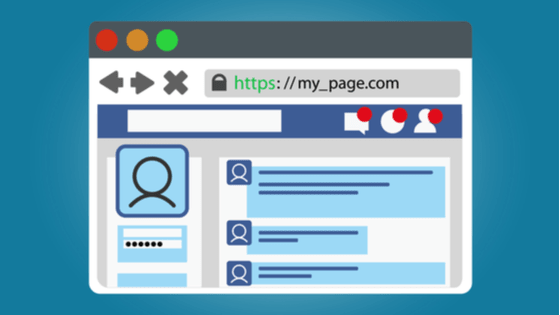
Given Facebook’s recent troubles with privacy and user-data, you may be asking yourself, should I even be on the platform? In spite of the Cambridge Analytica scandal, Facebook remains one of the most popular social media networking sites with a trusted reputation. Facebook serves other purposes beyond just capturing leads and conversions. If you’re unsure of whether your business should maintain a Facebook page, here are some reasons why it’s worth the effort (and investment!).
Through Facebook’s location and CTA buttons, consumers are able to track your business and take actions faster. A well-maintained Facebook page will be noticed by search engines. Having your page connected to other online properties only adds to your business’ credibility. Both of which will help with SEO ranking. Having a verified Facebook page, especially one that is current, gives consumers confidence and builds trust. The most important benefit, however, is being able to engage with your audience in a different way. You can connect with customers and help build your base by targeting users that are already receptive to your messages.
How to Design the Perfect CTA
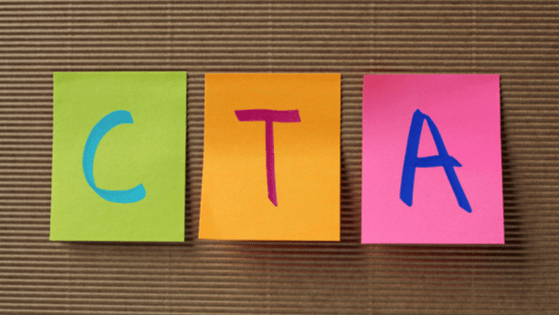
You may think that CTA is just a button with some text but it is more than that! CTAs are so important and shouldn’t be overlooked because they ultimately decided whether a site visitor turns into a client. According to Larry Reed, 90% of the people who read your page’s headline will read your CTA as well but to ensure that your CTA is in that 90%, it needs to be prominent.
When creating a CTA button, you need to factor in copy, position, and size/shape. CTA copy needs to be short and as specific as possible without going into too much detail. The position of the CTA can greatly affect the chances of a visitor clicking on it. It needs to be seen and shouldn’t conflict with other CTAs (for example a newsletter sign-up CTA and a conversion CTA). CTA buttons shouldn’t clash with the page but
Size and shape do matter for CTA buttons. Your choice of size shouldn’t disrupt the page but shouldn’t go unnoticed either. Reed recommends A/B testing to determine which versions of a CTA button is more clickable. You don’t want your CTA to be unnecessarily long but you also don’t want it to be unnoticed. As far as choice of colour goes, it should be relevant to the design and contrast with the webpage's colours.
Check out these additional articles for more internet marketing news!
How to Overcome Common Link Building Blockers
What Is Anchor Text In SEO and 5 Deadly Mistakes To Avoid
Selling on Instagram: How to Use Instagram's Shoppable Posts
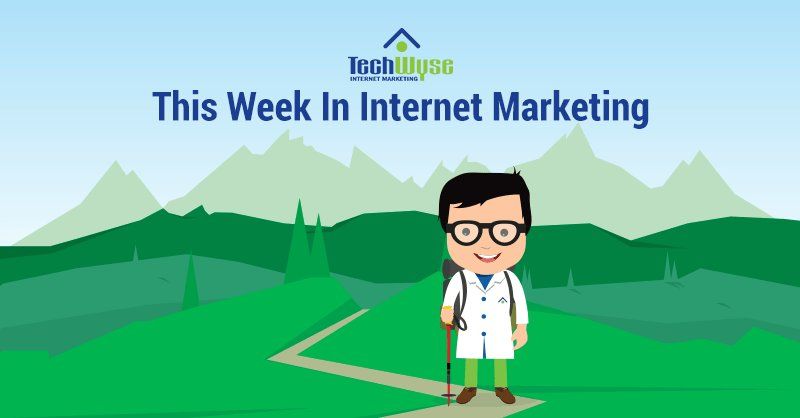

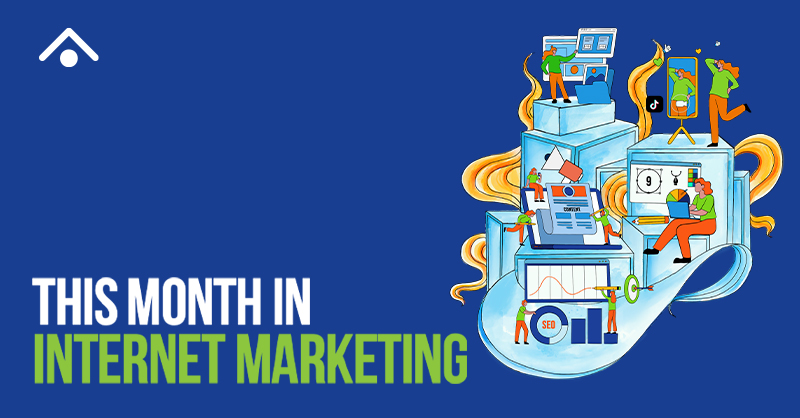



on
thanks for sharing a great article with us . keep it up.
on
great article.epic content,thank you for sharing.keep going.
if you need any services from our end please visit
http://www.sanbrains.com/services-digital-marketing/
on
Thank you! Please read more of our very informative blogs for more Digital industry details https://www.techwyse.com/blog/